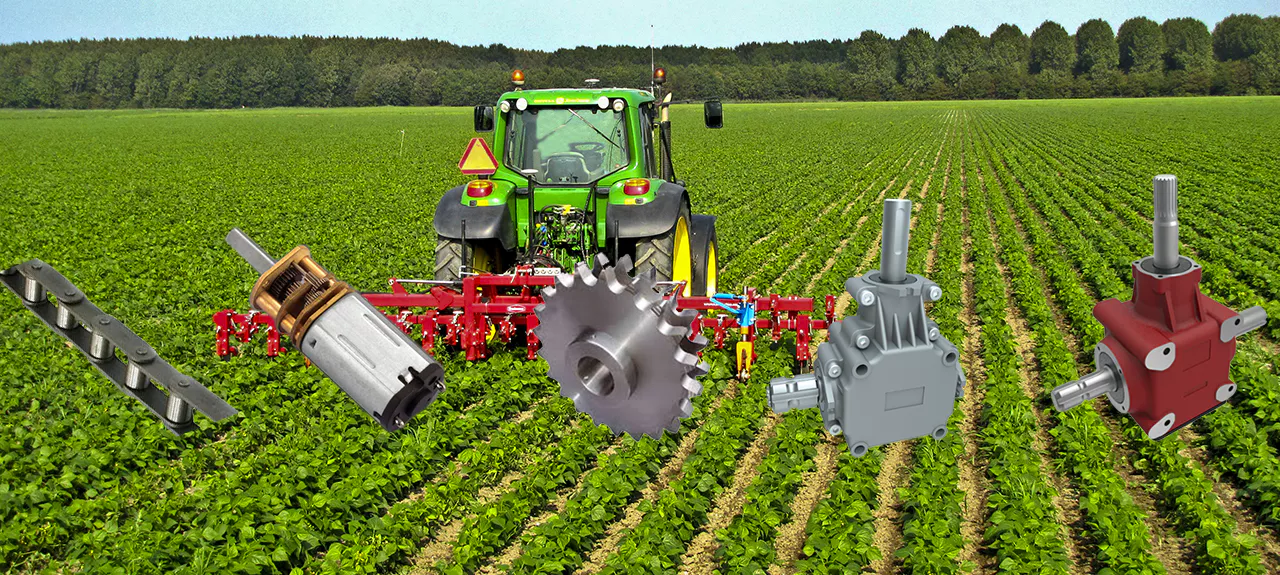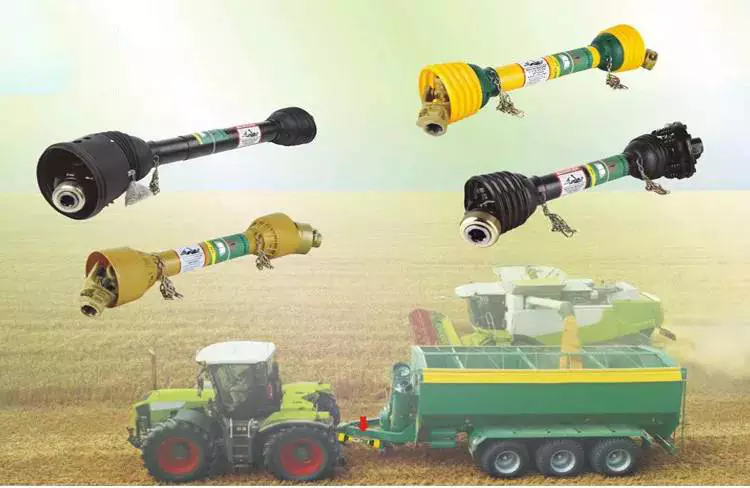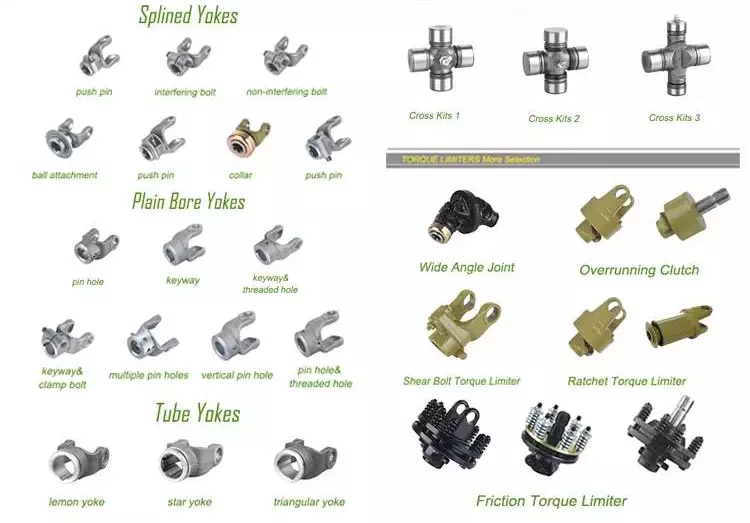Problem: New
Guarantee: 6 Months
Relevant Industries: Production Plant, Machinery Restore Retailers, Farms, Retail, Building works , Strength & Mining, Ideal Sale Rear Shaft Axle For Transmission Element For CZPT 4 Runner 42311-65712 Other
Bodyweight (KG): 22
Showroom Place: None
Online video outgoing-inspection: Presented
Equipment Examination Report: Presented
Marketing Sort: Very hot Solution
Motor Type: Diesel
Sort: Liner Kit
Engine Design: 4JA1 4JB1 4JG1 4JG2 4JJ1
Software: Building / Business / Agriculture / Genset / Marine / Handling
Dimensions: OEM Dimensions
Packing: Plastic bag , Box , Carton
OEM Services: Obtainable
Following Guarantee Provider: On the internet assistance
Packaging Particulars: Carton Packing, Wood Case, Plastic Pallet, Paper Pallet.
Port: Xihu (West Lake) Dis., Single Axle Trailer Customized Modest Suspension Leaf Spring Manufacturer HangZhou
4JA1 4JB1 4JG1 4JG2 4JJ1 Cylinder Liner Piston Kit 8-97942986- 5-87813173- For CZPT Engine Mend Components Package
| Software | Design / Business / Agriculture / Genset / Maritime / Handling |
| Engine Model | 4JA1 |
| Model Identify | HDPARTS |
| Dimensions | OEM Size |
| Packing | Plastic bag , Box , Carton |
| Area Of Origin | Made in China or Authentic Elements |
| Guarantee | Within 6 Months |
| OEM Service | Offered |
Detailed Photos
Solution CategoriesPRODUCT Classes →VIEW ALL →SHOP BY Model
Business Info HangZhou HDPARTS CO., LTDWe specialised in the market for more than twenty a long time. Deal with All types of model new unique 30KW-300KW imported diesel engines are ideal for excavators, 130ST-M1571 servo motor for CNC equipment use loaders, bulldozers, forklifts, vehicles, buses and other large automobiles and large design equipment autos.
We have been growing our business and creating new goods. Diesel engine areas are our benefits. Now we have countless numbers of car models, ten 1000’s of device designs and considerable of items for buyers.
We have got the acceptance and trust of many overseas businesses . Relying on the ongoing supports and sincere tips from domestic and abroad buyers.
MAINPRODUCTFor the extended expression domestic and foreign retailers to offer a wide assortment ofexcavator engine elements. wholesaler or retailo
Packaging & marshmallow motor speed 3000 rpm 6000rpm 30w 12V 24Vdc DC motors use for tiny bench lathe TransportDeal:Neutral packing / Our personal trademark packing / Your model OEM packing / Packing according to your needs.
Delivery TIME:We get to start making ready the items when we receive payment from you. (The goods will be despatched amongst 48 several hours to seventy two several hours if we have in inventory. The items will be sent ahead of the shipping time and the sample will send to you for examining.)
Proper Maintenance of Tractor Parts
Proper maintenance of tractor parts is a necessity if you want to keep them running smoothly. Here are some things to keep in mind:

Proper maintenance of tractor parts
To ensure that your tractor is operating at peak efficiency, you should perform preventative maintenance on its various parts. Before opening the cab of your tractor, perform a visual inspection to check for any problems. Look for leaking fluids, hoses, and cables. Tighten loose connections, and clean any debris from these components. Also check the sediment bowl under the fuel filter for any material or water. If the sediment bowl has a large amount of material, it may be time to replace the fuel filter or the air filter.
Despite the monetary cost of maintaining your tractor, a few simple things can keep your investment in top condition. For instance, lubrication can prevent corrosion and friction, while cleaning air filters can extend their useful life. The paint on your tractor should also be inspected regularly. Regular lubrication will help you avoid expensive repairs, and will also increase efficiency. Proper maintenance of tractor parts can also help you prevent heavy rust.
Checking your tractor’s internal parts regularly can prevent big problems from crop failures. Lubricating internal parts helps reduce friction, and you should also replace blown or broken bulbs and exhaust fluid. Regular maintenance at tractor dealers will help prevent potential problems. A dealer will also perform tune-ups and oil changes for you, reducing the chances of unexpected issues. For those who don’t have the time to perform the maintenance themselves, consider visiting a tractor dealership.
In addition to inspecting engine components, you should also regularly check your tractor’s hydraulic system. Make sure that the fluids are in good condition, as rust, internal damage, and engine clogs can be caused by dirty or leaking hydraulic hoses. As with any mechanical system, the engine is the heart of a tractor, so it’s vital to maintain the oil tank as often as possible. For these checks, you can use a reference to your tractor model before purchasing new parts.
To extend the life of tractor parts, owners should regularly change the oil in the engine. This is necessary to prevent wear and tear on the tractor parts. Proper oil changes also increase the resale value of the equipment and extend its performance. You can use a grease gun to freshen up the grease nipples, which prevents the rusting of moving parts. By following these tips, you can make sure that your tractor runs smoothly.

Preventative maintenance
Performing preventative maintenance on your tractor is an important way to maintain your machine and minimize the risk of unexpected breakdowns. It is an essential part of tractor ownership because regular maintenance reduces the risk of costly repairs. Before you begin a tractor maintenance program, read the manual to determine what common maintenance items are needed for the specific model. This will help you keep the parts in good shape and save you money in the long run.
Proper checkups on engine fluids, radiator fluid and transmission fluid are essential for maintaining the efficiency of your equipment. It’s important to refill these tanks with clean fluids to avoid rust, internal damage, and engine clogs. The following preventative maintenance tasks are recommended by tractor manufacturers:
Check tire pressure and inflation, as well as inspect the rims and lug nuts. Then, check the axles and drive shafts to ensure they are in good condition. Replace any damaged or missing lug nuts. And lastly, check all lights. Make sure all bulbs are functioning and replaced if necessary. To prevent unnecessary breakdowns, follow these tips to maximize the performance of your tractor. You will be glad you did.
If you have a spare part, be sure to have it on hand. Having a spare part handy will make it easier to do preventative maintenance on your tractor and save you the hassle of calling a repair shop or waiting for the parts to arrive. If you’re looking to get the best value for your money, proactive tractor maintenance is essential. In addition to routine inspections, remember to keep the tractor running at its peak performance level. You may want to have a checkup performed every six months or so.
Operator training is another essential preventive maintenance step. Operators must know how to perform routine maintenance tasks without fail. Operator training can be as simple as a review of the operator’s manual and demonstrating how systems and controls work. Training can also involve training operators on how to use checklists to make sure that all minor maintenance steps are performed correctly. This can save you thousands of dollars in repairs. Also, by performing regular preventative maintenance, you can avoid unexpected breakdowns.

Types of filters
A tractor’s air filter, for instance, should be changed on a regular basis to keep the engine performing at peak performance. The reason is that working tractors are constantly exposed to debris and other substances in the driving environment. Even show tractors should periodically check their air filters to ensure they are functioning properly. A single chunk of dust can cause problems inside the sensitive machinery. That is why it’s important to replace filters at the appropriate intervals.
There are several different types of filters on a tractor. The type of filter needed depends on the original reference and the manufacturer. Listed below are some of the most common types of filters used by tractors. CZPT’ website lets you choose the model of your tractor and then offers the corresponding filter made by the original manufacturer. Alternatively, you can choose an adaptable filter of equivalent quality. These filters are designed to fit various types of tractors, ranging from lawnmowers to combines.
Oil, air, and hydraulic filters are essential for tractor parts. Those with oil filters protect hydraulic components from harmful impurities. Fuel filters protect the injector pump from damage caused by debris. If your tractor doesn’t have filters, you’ll experience a variety of problems. You’ll notice odd noises or reduced HP. Or you might smell fuel when the engine starts. If these symptoms sound familiar, it’s a problem with your filters.
Tractor oil filter replaces itself every few months or so. Tractor oil coagulates over time into black globs. If not replaced, the globs clog up engine parts. Tractor oil filter acts like the kidneys and liver of the tractor, filtering brackish globs out of your engine. Like the human body, a tractor’s filters have similar functions to the human body’s. When they stop working properly, your tractor’s engine will no longer function optimally.


editor by czh 2023-03-05





